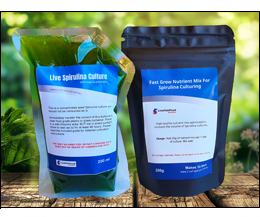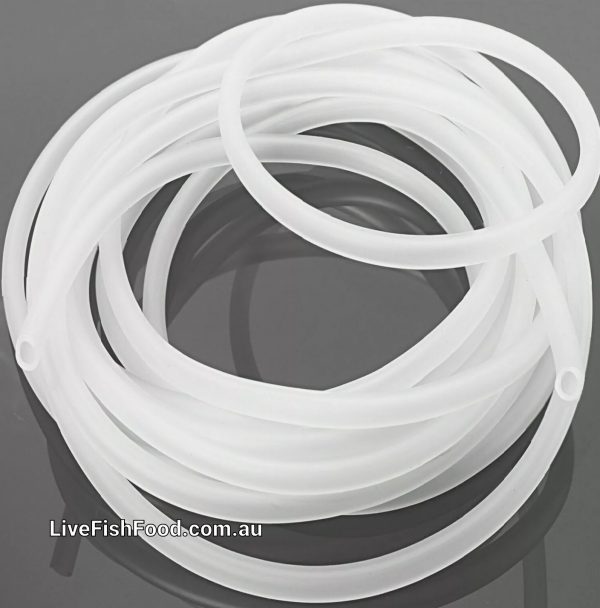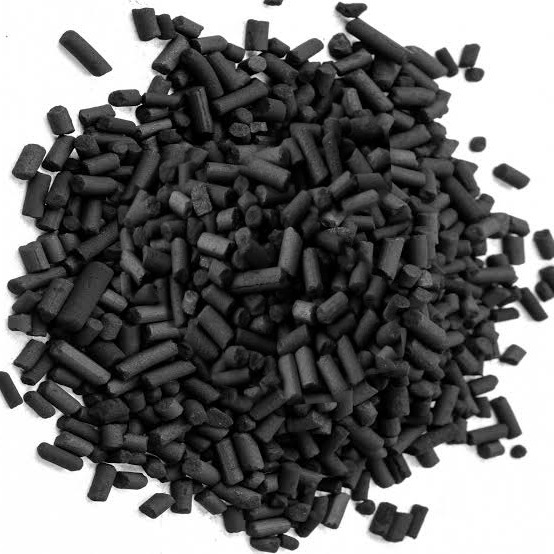The Benefits of Spirulina and How to Grow It yourself
Introduction
Spirulina, a blue-green algae often classified as a superfood, has garnered attention for its remarkable health benefits and nutritional profile. Rich in proteins, vitamins, minerals, and antioxidants, spirulina is touted for its potential to enhance overall health and wellness. Beyond its impressive benefits, growing spirulina at home is very easy and can be a rewarding venture, allowing individuals to enjoy fresh, nutrient-dense superfood at their convenience. This article will delve into the myriad benefits of spirulina and provide a comprehensive guide on how to cultivate it at home.
Nutritional Profile of Spirulina
Spirulina is recognized for its exceptional nutritional composition. Here’s a closer look at what makes it a powerhouse:
- High Protein Content: Spirulina consists of approximately 60-70% protein by weight, making it one of the richest plant-based protein sources available. It contains all essential amino acids, which is particularly beneficial for vegetarians and vegans.
- Vitamins: Spirulina is abundant in B vitamins, including B1 (thiamine), B2 (riboflavin), B3 (niacin), and B12. It also contains vitamin K, vitamin E, and beta-carotene, contributing to its antioxidant properties.
- Minerals: This superfood is a significant source of essential minerals, including iron, magnesium, potassium, calcium, and zinc, all vital for various bodily functions.
- Antioxidants: Spirulina is rich in antioxidants such as phycocyanin, which not only gives it its vibrant color but also combats oxidative stress and inflammation.
- Omega Fatty Acids: Spirulina contains essential fatty acids, including omega-3 and omega-6, which support heart and brain health.
Health Benefits of Spirulina
The impressive nutritional profile of spirulina translates into numerous health benefits:
Immune System Support
Spirulina has been shown to enhance immune function by stimulating the production of antibodies and increasing the activity of immune cells. This makes it a potent ally in fighting off infections and diseases.
Cardiovascular Health
Regular consumption of spirulina may help lower cholesterol levels, reduce blood pressure, and improve overall heart health. Studies indicate that spirulina can decrease total cholesterol and LDL (bad cholesterol) while increasing HDL (good cholesterol).
Anti-Inflammatory Properties
The antioxidants in spirulina, particularly phycocyanin, help reduce inflammation in the body. This can be beneficial for individuals suffering from inflammatory conditions such as arthritis.
Gut Health
Spirulina acts as a prebiotic, promoting the growth of beneficial gut bacteria. A healthy gut microbiome is essential for digestion, nutrient absorption, and overall health.
Energy Boosting
The high protein content, coupled with essential vitamins and minerals, makes spirulina an excellent energy booster. Athletes and fitness enthusiasts often use it to enhance endurance and recovery.
Weight Management
Spirulina can help control appetite and enhance metabolism, which may assist in weight loss efforts. Its high protein content can increase satiety, helping to curb hunger.
Detoxification
Spirulina is known for its ability to bind to heavy metals and toxins, facilitating their excretion from the body. This detoxifying property makes it a valuable addition to a cleansing regimen.
Skin Health
Due to its antioxidant properties, spirulina can help combat oxidative stress and improve skin health. It may also promote a clearer complexion and reduce signs of aging.
Blood Sugar Control
Some studies suggest that spirulina may help regulate blood sugar levels, making it beneficial for individuals with diabetes or those at risk.
Allergies and Asthma Relief
Spirulina may alleviate allergy symptoms and asthma by reducing inflammation and acting as a natural antihistamine. This makes it a potential option for those looking for natural relief.
How to Grow Spirulina at Home
Growing spirulina at home is an engaging and fulfilling process. With the right setup and care, you can cultivate this nutrient-rich algae in your own kitchen or backyard. Here’s a step-by-step guide to help you get started.
1. Gather Necessary Supplies
Before diving into the cultivation process, ensure you have the following supplies:
- Growing Container: A shallow, rectangular container or aquarium works best. It should hold at least 20 litters of water.
- Water: Use distilled water or dechlorinated tap water. Chlorine can inhibit spirulina growth.
- Spirulina Culture: Purchase a spirulina starter culture. Look for strains specifically cultivated for home growing.
- Light Source: Spirulina requires light for photosynthesis. A sunny window or artificial grow lights will suffice.
- Aeration System: An aquarium air pump with airstones is necessary for providing oxygen and keeping spirulina suspended in the water.
- pH Test Kit: Spirulina thrives in alkaline conditions, ideally at a pH of 8.5 to 10.5.
- Nutrients: You may need a commercial spirulina fertilizer or create your nutrient solution.
2. Set Up Your Growing Environment
Fill the Container
Fill your chosen container with distilled or dechlorinated water, leaving some space at the top to prevent overflow.
Add Nutrients
Spirulina requires specific nutrients to grow effectively. You can use a commercial spirulina fertilizer or create your nutrient solution using potassium nitrate, sodium bicarbonate, and other mineral sources. Follow the instructions on the fertilizer for optimal amounts.
Add the Live Spirulina Culture
Once your water is prepared and nutrient-rich, add the spirulina starter culture. Stir gently to ensure it is evenly distributed throughout the water.
Provide Light and Aeration
Light
Spirulina needs 12-16 hours of light per day for optimal growth. If you’re using natural sunlight, place your container in a well-lit area but avoid direct sunlight, which can overheat the water. If using grow lights, position them about 30-50 cm above the container.
Aeration
Set up your aquarium air pump and airstones to continuously aerate the water. This will help keep the spirulina suspended and promote oxygen exchange, crucial for its growth.
3. Monitor Growth Conditions
Check on your spirulina daily. The water should gradually turn a vibrant green, indicating growth.
- Temperature: Spirulina grows best at temperatures between 25-35°C (77-95°F). Monitor the temperature, especially if growing outdoors, and make adjustments as needed.
- pH and Nutrient Levels: Regularly test the pH and nutrient levels. Spirulina prefers a pH of around 9.0 to 10.0, so make adjustments accordingly.
Harvesting Spirulina
Once the water has turned a dark green color, it’s time to harvest. Typically, this occurs after about 5-10 days of growth. Here’s how to harvest:
- Use a Fine Mesh Strainer: Pour the spirulina mixture through a fine mesh strainer or cheesecloth to separate the algae from the water.
- Rinse: Rinse the harvested spirulina with clean water to remove any impurities.
- Storage: Fresh spirulina can be consumed immediately or dried for later use. To dry, spread it out in a thin layer on a dehydrator tray or a baking sheet in a low-temperature oven.
Maintenance and Recultivation
To maintain your spirulina culture:
- Change Water: Every couple of weeks, change the water and nutrients to keep the environment fresh.
- Monitor Conditions: Continue to monitor pH, temperature, and nutrient levels to ensure optimal growth.
- Reculture: After harvesting, you can use a portion of the remaining spirulina to start a new culture, making the process sustainable.
Last but not least,
Spirulina is a remarkable superfood, packed with nutrients and health benefits that can enhance your overall well-being. From boosting your immune system to supporting cardiovascular health, incorporating spirulina into your diet can provide a range of advantages. Additionally, growing spirulina at home is an achievable and rewarding endeavor, offering fresh, nutrient-rich food right at your fingertips. With the proper setup and care, you can enjoy the many benefits of spirulina while embracing a sustainable and healthy lifestyle. So why not start your spirulina journey today. Click here to purchase online our live spirulina cultivation kit.
.
-
200ml Live Spirulina Starter Culture – Raw, Fresh Spirulina
-
4mm Soft Silicon Aquarium Air Line
$1.80 GST inc. -
Activated carbon filter media – 200g
$19.50 GST inc.
.





